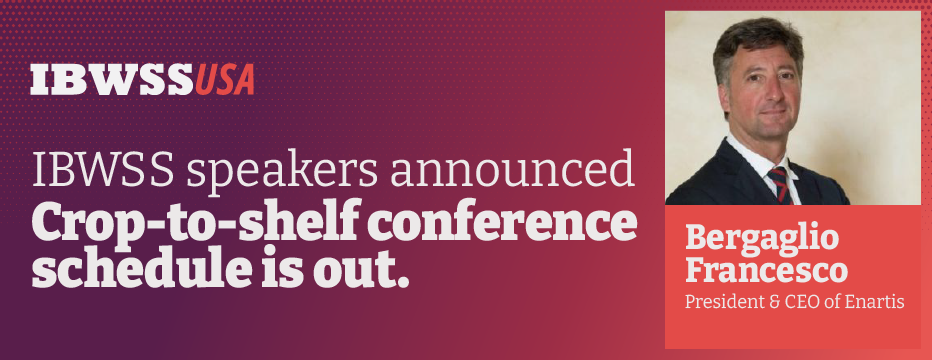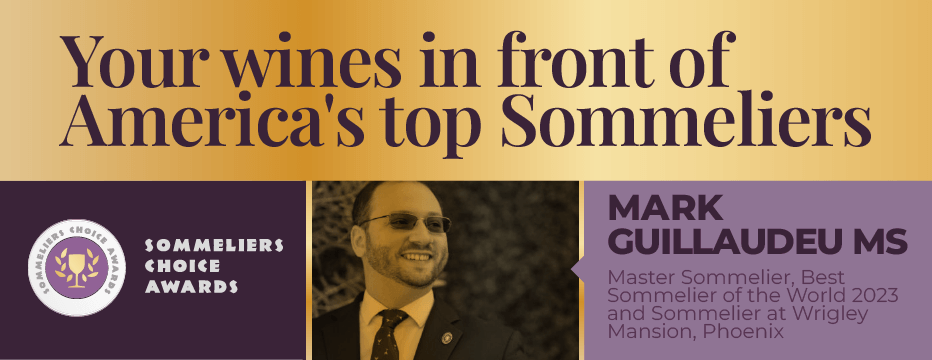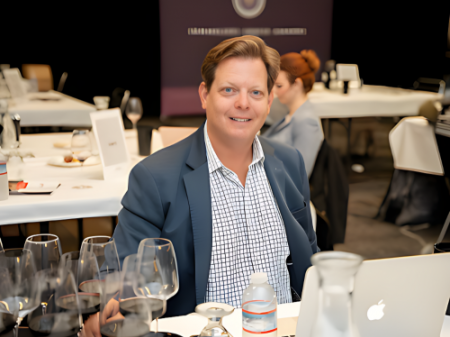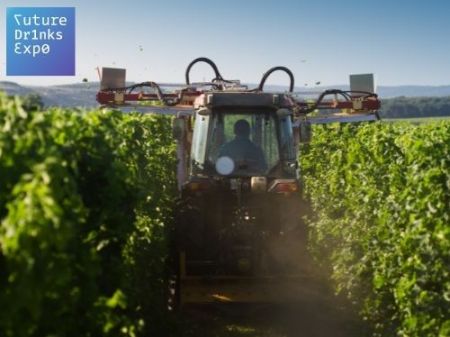Sommeliers Choice Awards 2023 Winners
Tassie wines are simply sparkling
Andrew Pirie was awarded a Member of the Order of Australia for his contributions to the Tasmanian wine industry.
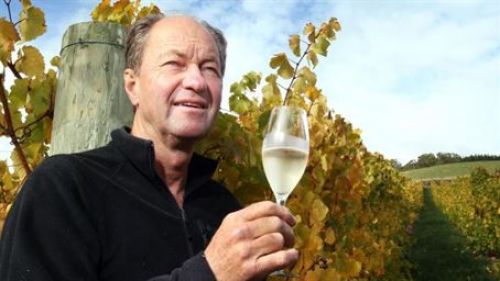
GOING back just 40 years, wine enthusiasts would have been hard-pressed to find Tasmanian sparkling on local restaurant wine menus.
Despite a promising start in 1827 when Matthew Broughton produced the state’s first imitation champagne wine at his New Town vineyard, the history of sparkling in Tasmania was at a standstill for more than a century.
Many believed the state was too cold to provide fruit suitable for sparkling wine until the work of early pioneers Andrew Pirie and Graham Wiltshire proved them wrong. They are now among those credited with having helped place Tasmania not just at the pinnacle of Australian sparkling wines, but potentially as second only to Champagne, France.
Founder of Pipers Brook Vineyard, Pirie Sparkling and now Apogee, and Member of the Order of Australia for services to the Tasmanian wine industry, Pirie moved to Tasmania to co-found Ninth Island with his brother in 1974.
“That was at a time Tasmania was considered too cold for grape growing – I came here because I predicted the industry boom was going to happen,” he says.
And boom it did. Last year, award-winning wine writer, television presenter and international speaker Tyson Stelzer declared our island state was “arguably the greatest region for sparkling wine anywhere in the world outside of Champagne itself”.
The Hobart-born critic said the boutique, premium nature of Tasmanian sparklings meant the quality was hard to beat. He says investment from large interstate wine companies has contributed to the growth and greater exposure of Tasmania’s top tipples.
“We’ve seen, in the last five years, significant investment from great companies such as Brown Brothers purchasing Tamar Ridge and Pirie Sparkling wines, and we’ve seen Shaw and Smith buy Tolpuddle Vineyard, and there’s been significant investment by Accolade through Hardys with Arras and Bay of Fires, championing the very top end of what Tasmanian sparkling can do,” he says.
“We’re seeing an injection of energy, expertise and funding from well-established, well-credentialed mainland companies in Tasmania.”
The influx of interstate wine giants has not come without controversy, however, with most taking Tasmanian-grown grapes, but producing the wine outside of the state.
Stelzer says economies of scale make such situations inevitable.
“My approach is, provided the fruit is from Tasmania, absolutely [to] call it Tasmanian wine and celebrate it for what it is,” he says.
The increased investment has resulted in a record year for sparkling wine production.
Wine Tasmania chief executive officer Sheralee Davies says about 4.6 million bottles of sparkling wine have been produced this year (35 per cent of all Tasmanian wine production), up from 2.7 million in 2015, at an approximate value of $12.8 million.
In an effort to further capitalise on the growth and success, Co-ordinator-General John Perry and the Department of Primary Industries, Parks, Water and Environment have been working with Pirie behind the scenes on a development strategy for the industry.
“I’ve been advising them on locating future vineyards using some of Tasmania’s climate specialists,” Pirie says.
“Tassie has some strong spatial information guys who are helping me do the mapping. We’ve looked at the whole of Tasmania and we’re going to publish maps that show all the future sites. The idea is potential investors will get very strong guidance rather than a hit-and-miss approach.”
Being blessed with a cool climate has always been Tasmania’s natural advantage for grape growing.
Ed Carr, the chief winemaker for premium Tasmanian sparkling wine label House of Arras, is one of the country’s most-decorated sparkling winemakers and is coming off a huge awards season.
Continue reading about Tassie wines are simply sparkling


